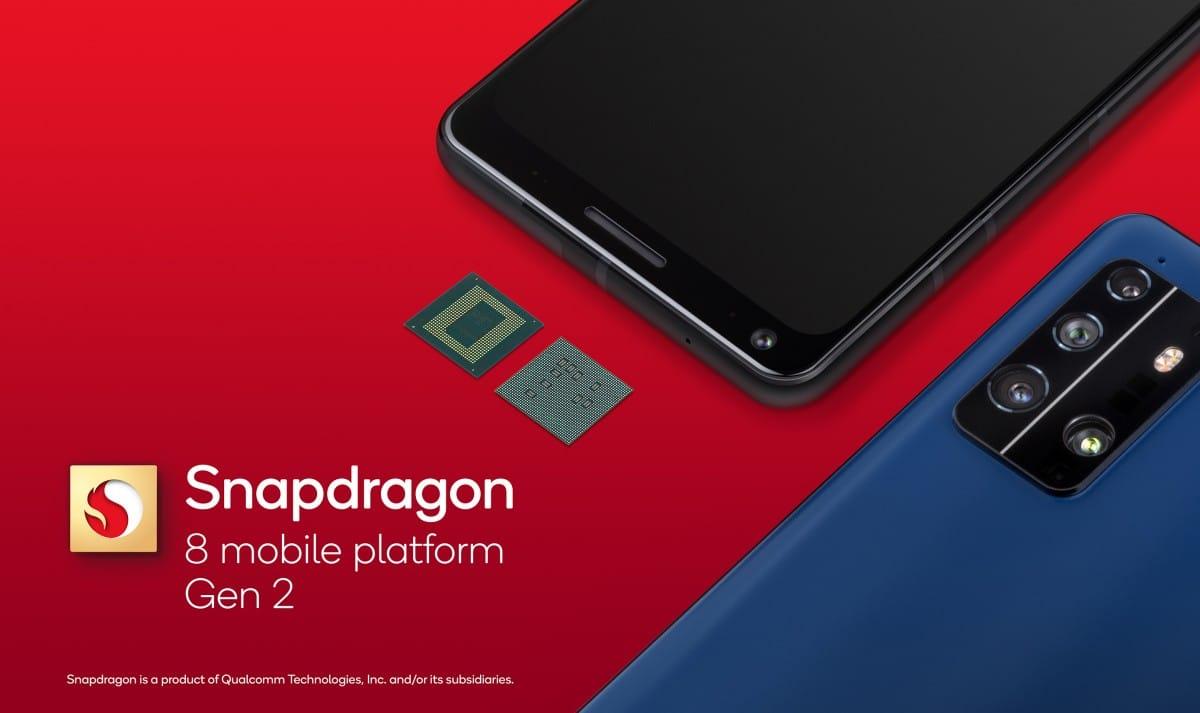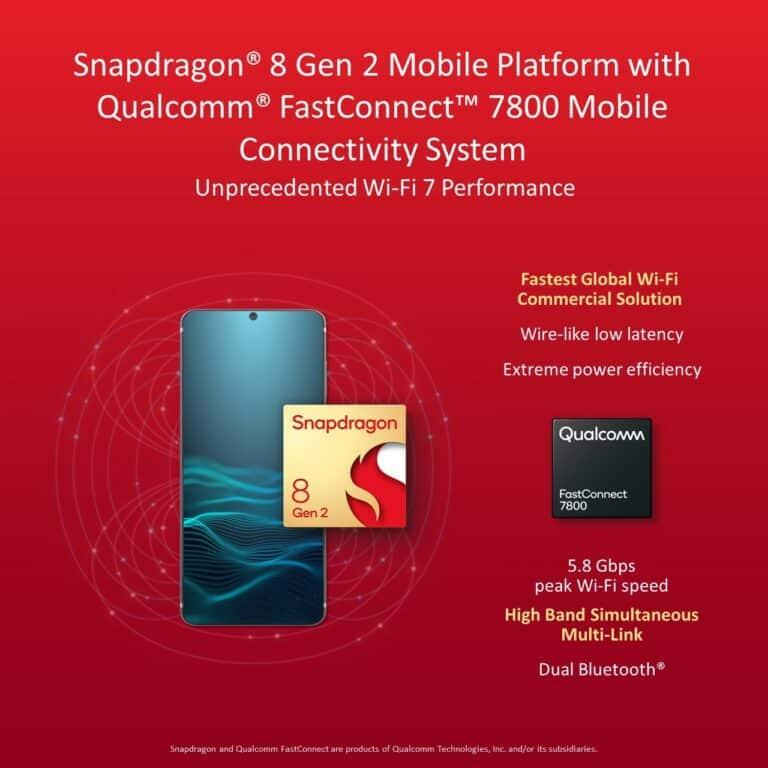Qualcomm unveiled the Snapdragon 8 Gen 2 mobile platform, which will be used in next-generation cutting-edge smartphones.
According to the manufacturer, performance has improved in every area when compared to the previous version. According to the corporation, the tests and new functionalities will be available soon, because the first models will be available soon. The SM8550-AB processor will be 4nm in size, and Qualcomm has promised improvements in energy efficiency and a significant performance gain.
The Kryo CPU outperforms the previous generation by 35% and uses up to 40% less power. The clock rates are the same as in the 8+ Gen 1, but the CPU is different. The Cortex-X3-based single-core Kryo Prime runs at 3.2 GHz for high single-threaded performance. However, quad performance cores will be added in this iteration to better handle the demands of multitasking. They will implement three efficiency cores at the same time. The performance cores operate at 2.8 GHz, while the efficiency cores operate at 2.0 GHz. In other words, the CPU will be 1 + 4 + 3.
It also supports faster memory technologies, such as LP-DDR5X at up to 4200 MHz. It stores data in the UFS 4.0 format.
Adreno offers up to 25% more performance and a 45% boost in energy efficiency on the GPU. It will also feature real-time hardware-accelerated Ray Tracing and be the first GPU to support Vulkan 1.3. (with OpenGL ES 3.2).
The Snapdragon 8 Gen 2 will provide the greatest experience at QHD+ resolution with 144Hz refresh rate or 4K resolution with 60Hz refresh rate. Supports 4K external screens with a refresh rate of 60Hz (compatible with latest technology assets such as HDR10+ and Dolby Vision). The proven availability of the AV1 codec, capable of playing videos in 8K, HDR, and at 60 frames per second, is a deciding point for fans.
Sony's Digital Overlap HDR (DOL-HDR) sensors and Samsung's 200MP HP3, which have been upgraded to work with the Snapdragon Image Signal Processor, distinguish Qualcomm (ISP). Gen 2 has a triple 18-bit ISP that can drive up to three 36 MP cameras at 30 frames per second at the same time, or it can go up to 200 MP on a single camera. There is support for 108 MP sensors with zero shutter latency.
The chipset can record in 8K with HDR and at 30 frames per second, while also taking 64MP images. Another option is to employ this capability to film at 4K resolution and 120 frames per second, allowing the slow motion video recording function (720p at 960 frames per second). This chip will be compatible with the current generation of mobile internet (5G). The new Snapdragon X70 modem supports the Dual-SIM, Dual-Active (DSDA) configuration, which uses two concurrent chips with cutting-edge technology. In short, up to two 5G chips can be used simultaneously, or one 5G chip plus a 4G chip.
The Wi-Fi 7 (802.11be) standard will be supported by the FastConnect 7800. In addition to reaching greater speeds, it reduces latency to a level that its authors describe as "equivalent to a cable connection." Another FastConnect achievement is Bluetooth 5.3 connectivity, which provides a very low latency wireless experience for gamers (48ms) and supports lossless audio file quality. Motorola, Sony, ZTE, ASUS, and Sharp are among the brands that will soon gain all of these new features.



